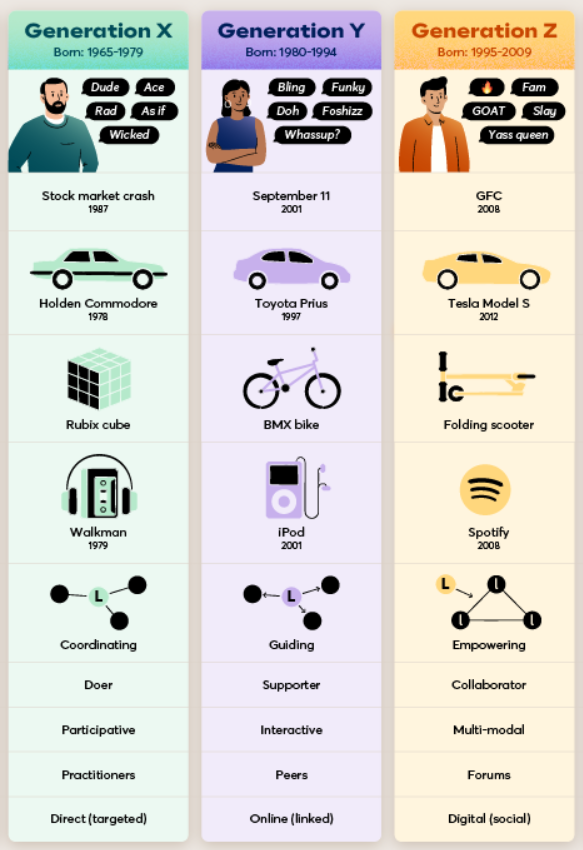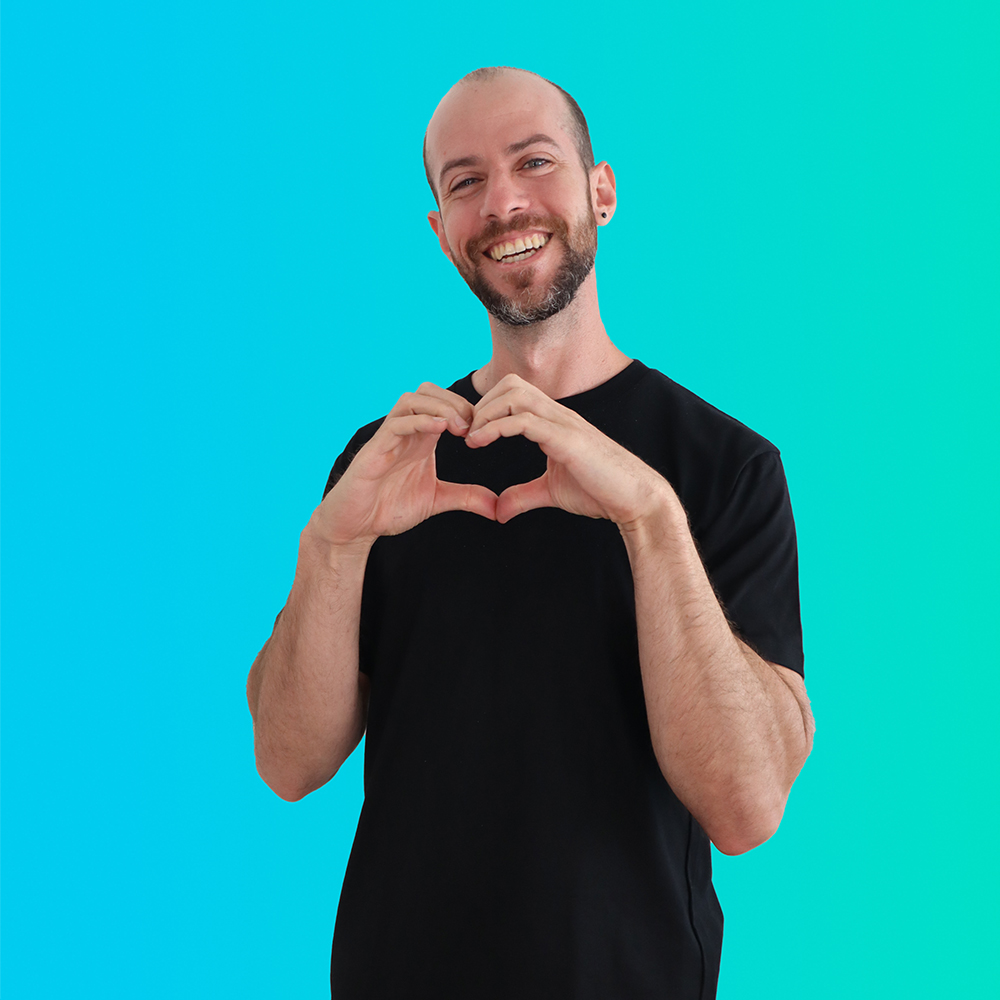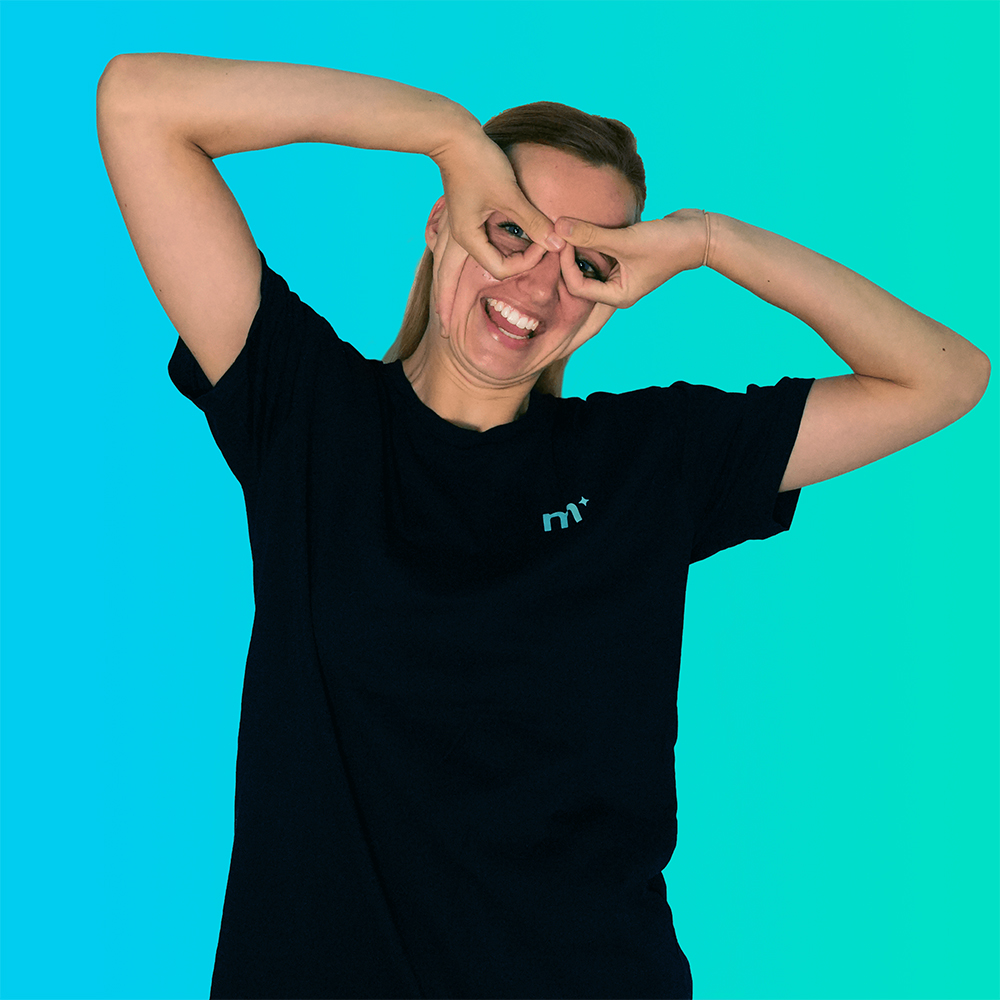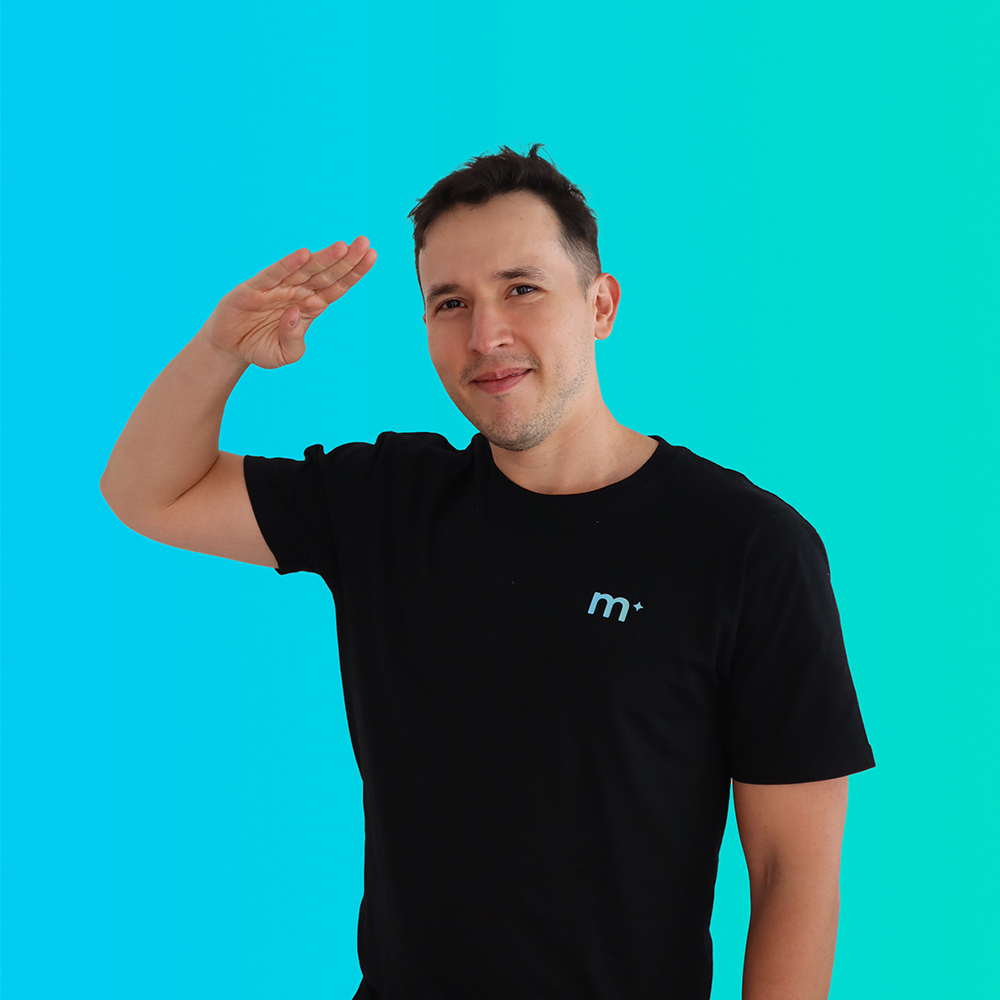Disruptive Shopping Trends: What Enterprises Need to Know to Survive
In the fast-evolving landscape of the 21st century, customer behaviour has undergone a massive shift driven by technological advancements, cultural changes, and global events.
This article delves into more recent trends in consumer shopping habits and uncovers some intriguing facts that often escape the public eye.
A Problem or a Blessing? A New Era of Convenience and Laziness
The most significant change in customer behaviour has been the shift towards online shopping. The convenience of browsing products from home has led to a meteoric rise in e-commerce. In fact, global e-commerce sales are expected to reach $6.5 trillion by 2023, making up over 22% of total retail sales.
This trend isn’t limited to younger generations; a survey found that 67% of millennials and 56% of Gen Xers prefer shopping online over in-store. Older consumers are also increasingly using digital platforms, with 41% of Baby Boomers and 28% of Seniors making online purchases.
As a result, businesses are focusing more on User Experience (UX) design and reducing friction points on their websites to ensure a smoother shopping journey. Recognising that a user-friendly interface significantly enhances customer satisfaction, companies are streamlining website navigation, simplifying transaction processes, and ensuring website responsiveness across mobile devices.
This focus on UX should be key in today’s digital strategy, as a seamless online experience correlates with higher sales conversions. Studies show that improving UX design can boost conversion rates for online retailers by up to 430%.
Simultaneously, businesses are improving their Search Engine Optimisation (SEO) and Google My Business presence. As these platforms are major drivers of organic traffic, a strong SEO strategy and a well-maintained Google My Business profile are crucial for increasing visibility and attracting customers.
Research indicates that 70-80% of people ignore paid search results, preferring organic results. This underscores the importance of effective SEO in capturing online shoppers’ attention. Moreover, with 46% of all Google searches being local, an optimised Google My Business listing is vital for local businesses to attract nearby customers.
Fact Check: Mobile commerce is predicted to dominate online sales. Studies suggest that by 2025, nearly 73% of e-commerce sales will be through mobile devices.
Brand Personalisation – The Key to Enhancing Experiences and Building Lifetime Advocates
Personalisation has become pivotal in fostering customer loyalty, with today’s consumers expecting a shopping experience tailored to their preferences. Today, businesses use data analytics tools such as Google Analytics, Adobe Analytics, and IBM Watson to understand customer shopping behaviours and preferences in-depth. These insights enable companies to customise their offerings and communication, significantly enhancing the customer experience.
Statistics highlight the impact of personalisation on sales and customer engagement. For instance, a study shows that 80% of consumers are more likely to make a purchase from a brand that provides personalised experiences. Moreover, personalisation can lead to a 10-30% increase in sales and conversion rates. This tailoring extends beyond product recommendations to include personalised marketing, customer service, and dynamic pricing strategies.
Personalised marketing, powered by Customer Relationship Management (CRM) systems like Salesforce and HubSpot, allows businesses to send targeted messages that resonate with individual customer needs and interests. This approach not only increases the relevance of marketing efforts but also fosters a deeper connection with the consumer.
In customer service, personalisation is achieved through technologies like AI chatbots and personalised customer service portals. These tools provide customers with bespoke assistance based on their previous interactions and purchases, enhancing satisfaction and loyalty.
Dynamic pricing, an emerging trend in personalisation, involves adjusting prices based on customer demand, buying patterns, and profiles. Using AI and machine learning algorithms, companies can set optimal prices that appeal to individual customers while maximising profit margins.
A notable example of a brand excelling in personalisation is Amazon. Their advanced recommendation algorithms offer tailored product suggestions based on browsing history, purchases, and even search terms. This high level of personalisation has contributed significantly to Amazon’s customer retention and sales growth.
Hidden Fact: A survey revealed that over 60% of consumers are uneasy about how companies use their personal data.
The Rise of Conscious Consumerism “The Greenies”
The 21st century has witnessed a significant rise in conscious consumerism, with a growing number of people making purchasing decisions influenced by a brand’s commitment to ethical practices, sustainability, and social responsibility. Studies reflect this shift: a Nielsen report found that 73% of global consumers would change their consumption habits to reduce environmental impact.
This trend is particularly pronounced among younger generations, with research indicating that Gen Z and Millennials are most likely to prefer eco-friendly and socially responsible brands.
This consumer awareness has driven companies to adopt more transparent and sustainable practices. For example, the fashion industry, historically criticised for its environmental impact, has seen brands like Patagonia and Adidas leading the way in sustainability.
Patagonia’s commitment to environmental causes and transparent supply chains has resonated strongly with consumers, resulting in a loyal customer base and positive brand perception.
In the food industry, companies are increasingly emphasising organic and locally sourced products in response to consumer demand for healthier and more sustainable options. Supermarkets and food brands are also introducing more eco-friendly packaging and reducing food waste, aligning with consumer expectations for environmental stewardship.
The shift towards conscious consumerism is not just a moral choice but also a strategic business decision. Brands that embrace sustainability and ethical practices are finding a competitive edge in the market. A study by Unilever revealed that its brands with a commitment to sustainability outperformed others, growing 46% faster than the rest of the business and delivering 70% of its turnover growth.
Intriguing Statistic: A report showed that 88% of consumers want brands to help them make a difference in improving their environmental and social footprint.
Experience Over Possession
The trend of valuing experience over possession has become increasingly prominent in customer behaviour, especially among Millennials and Gen Z. These younger generations are investing more in travel, dining, entertainment, and wellness, favouring experiences that offer personal growth, enjoyment, and social engagement. According to a report by Eventbrite, 78% of millennials would choose to spend money on a desirable experience or event over buying something desirable. This shift away from material goods reflects a deeper desire for meaningful and memorable experiences.
This preference for experiences is also reshaping various industries. The travel sector, for example, has seen a surge in experiential travel, with consumers seeking unique and immersive cultural experiences rather than traditional sightseeing. In the hospitality industry, there is an increasing demand for boutique hotels and accommodations that offer a unique, local experience.
The wellness industry is another area that has significantly benefited from this trend. Millennials, in particular, are driving the growth of the wellness tourism sector, seeking destinations and activities that promote health and well-being. The Global Wellness Institute reports that wellness tourism is growing faster than traditional tourism, highlighting the increasing importance of health and wellness in travel decisions.
Similarly, the entertainment and dining sectors are evolving to meet the demand for experiential offerings. Pop-up events, immersive dining experiences, and interactive entertainment are becoming increasingly popular, as they provide unique, shareable moments that resonate with the experiential mindset of younger consumers.
Surprising Fact: Studies indicate that the market for experiential products and services is growing 1.5 times faster than traditional retail.
The Influence of Social Media
Social media has evolved into a powerful tool for influencing shopping behaviour, transcending its original purpose as a platform for connection. Influencer marketing and peer reviews on these platforms significantly impact consumers’ purchasing decisions. According to a survey by Mediakix, 80% of marketers find influencer marketing effective, and 71% rate the quality of customers and traffic from influencer marketing as better than other sources.
The impact of social media on consumer choices is particularly evident in the role of peer reviews and user-generated content. A report by BrightLocal reveals that 91% of 18-34-year-olds trust online reviews as much as personal recommendations. This trend highlights the importance of social media as a space where opinions and experiences are shared and considered in the decision-making process.
Brands that effectively leverage social media platforms have seen a substantial increase in customer engagement and sales. A notable example is Fashion Nova, a brand that has mastered the art of social media marketing. By collaborating with influencers and celebrities who resonate with their target audience, and by encouraging customers to post their own experiences with the brand, Fashion Nova has created a powerful online presence. This strategy has not only increased brand visibility but also fostered a sense of community among its customers.
Little-known Fact: Approximately 55% of consumers have made a purchase through a social media channel, like Instagram or Facebook, highlighting the merging of social interaction and shopping.
Omnichannel Shopping: Blurring the Lines Between Online and Offline
Omnichannel shopping, which blends online and offline experiences, is transforming the retail landscape. Consumers now expect a seamless shopping journey, whether they are in a physical store, on a website, or browsing through an app. This convergence of channels has led retailers to adopt omnichannel strategies to ensure consistency and fluidity across all platforms.
A Harvard Business Review study highlights the significance of this trend: 73% of shoppers use multiple channels during their shopping journey. This statistic underscores the importance of an integrated shopping experience, as customers might start their journey online and complete it in-store or vice versa.
Retailers are responding by synchronising their online and offline channels. For instance, many offer options like ‘click and collect’, where customers can purchase items online and pick them up in-store. This not only provides convenience but also drives foot traffic to physical locations. Additionally, the integration of technologies like QR codes and augmented reality (AR) in stores allows customers to access digital information and experiences while shopping in person.
The benefits of omnichannel strategies are evident. According to a report by Omnisend, customers who engage with multiple channels are likely to spend 30% more than those who use only one channel. Furthermore, a seamless omnichannel experience leads to greater customer loyalty and retention.


































































